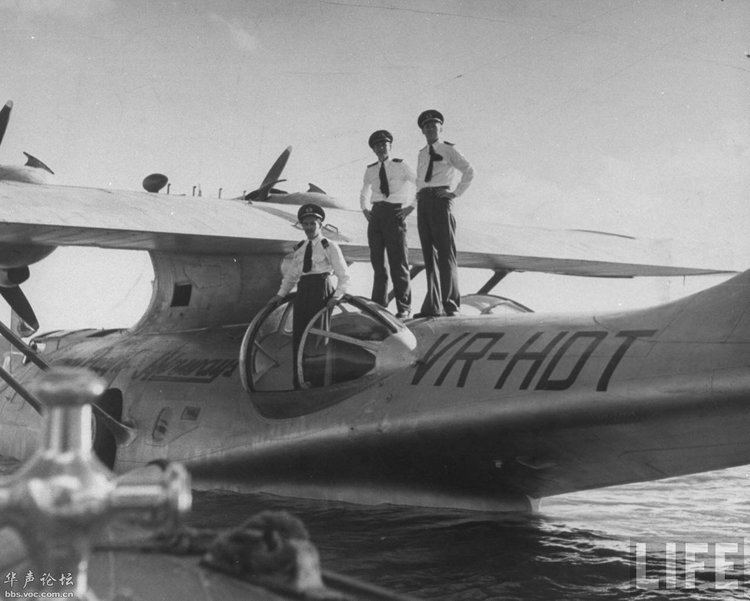Passengers 23 Survivors 1 (lead hijacker) Number of deaths 25 Passenger count 23 | Fatalities 25 Date 16 July 1948 Injuries (nonfatal) 1 Crew count 3 | |
 | ||
Summary Hijacking resulting in crash, robbery Similar Bukken Bruse disaster, 1948 KLM Constellation air disaster, British European Airways F, Northwest Airlines Flight 4422, 1948 Australian National | ||
Miss Macao (traditional Chinese: 澳門小姐; simplified Chinese: 澳门小姐; pinyin: Àomén xiǎojie; Wade–Giles: Ao-men Hsiao-chieh; Sidney Lau: O3 Moon4 Siu2 Je2) was a Catalina seaplane owned by Cathay Pacific and operated by a subsidiary. On 16 July 1948 she became the victim of the first hijacking of a commercial aircraft. Piracy for robbery and ransom was the motive.
The lone survivor, Wong Yu (黄裕; 黃裕; Huáng Yù; Wong4 Yue6), confessed to membership of the gang of four pirates who attempted the hijacking (then simply labelled "piracy"), met fierce resistance during which the pilot was shot, but survived by jumping out the emergency exit just before the plane hit the water. The object of the plot was to rob wealthy passengers and hold them for ransom. He was brought to court by the Macau Police, but the Macau court suggested that the prosecution should be brought in Hong Kong instead, since the plane was registered in Hong Kong and most of the passengers were from there. However, the British colonial government in Hong Kong stated that the incident happened over Chinese territory in which the British have no jurisdiction. Since no state claimed authority to try him, Wong was released without trial from Macau prison on 11 June 1951, and was then deported to China (by then the People's Republic of China).
